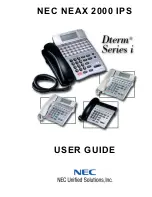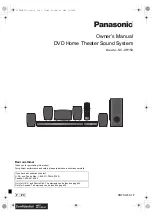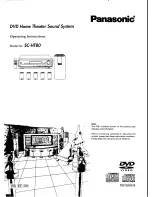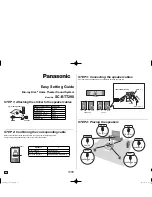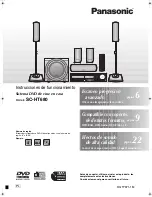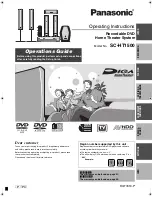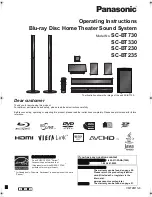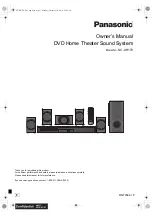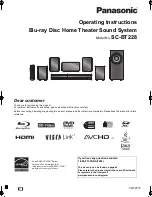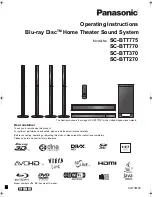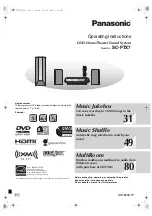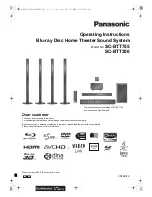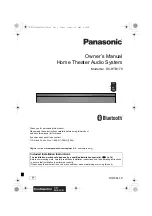
circulation pump line cord is plugged into the
receptacle on the controller. A 230 VAC control
and circulation pump may be substituted.
4.13 Heat Transfer Fluid (HTF)
The HTF must be a non-toxic fluid that meets
FDA Generally Recognized as safe (GRAS)
Classification. This requirement can be met by
using a proprietary inhibited propylene glycol
HTF such as DowFrost HD. To ensure maximum
effectiveness for corrosion protection, the glycol
inhibitor package is designed for a minimum
25-30 percent concentration of propylene glycol
in distilled water. Table 4 shows the concentra-
tions of Dowfrost HD required to provide freeze
and burst protection at various temperatures.
Use the mixture most appropriate for your cli-
mate. Do not use a higher propylene glycol to
water concentration than necessary, as this will
adversely impact the relative heat transfer effi-
ciency of the solution.
Generally, for an extended margin of protection,
you should select a temperature that is at least
5°F lower than the expected lowest ambient tem-
perature. These figures are examples only and
should not be regarded as specifications. End
use conditions are not within SunEarth control.
SunEarth does not guarantee that freeze damage
may not occur at temperatures other than shown.
Water used to dilute the HTF must meet mini-
mum standards for purity. Impurities in the dilu-
tion water can increase metal corrosion, reduce
the effectiveness of corrosion inhibitors, increase
inhibitor depletion rate, and cause the formation
of scale and other deposits on the heat exchang-
er’s internal heat transfer surfaces.
Distilled or deionized water shall be used.
The HTF pH level must be maintained between 8
P.17
COLLECTOR PLUMBING - HORIZONTAL MOUNT
fig. 14

































